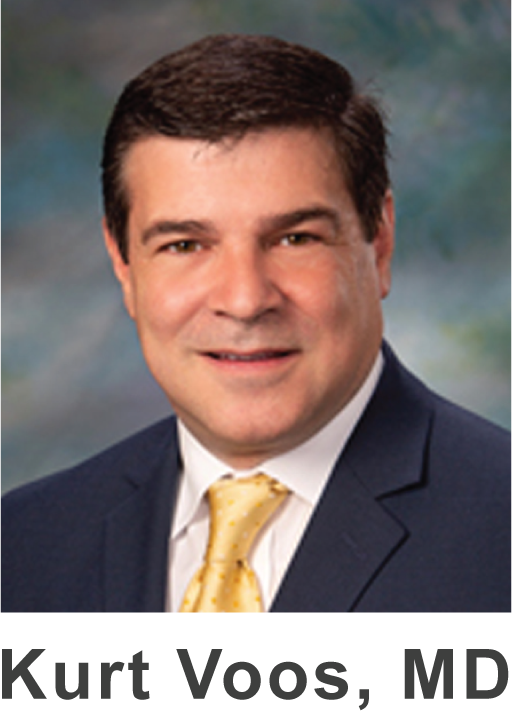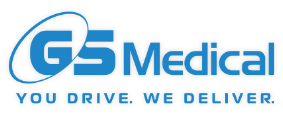
Dr. Voos is an orthopedic surgeon at Spectrum Medical. He recently gave his thoughts on Kyphoplasty. We are pleased to share his insights.
Question 1. How can kyphoplasty help back patients and practicing spine surgeons?
Dr. Voos: Since the kyphoplasty procedure came into being it has been one of the greatest advancements in spine surgery. The days of benign neglect in the treatment of spine compression fractures is in the past or at least it should be. The procedure has allowed patients to return to preinjury functional levels most times within a day or two. The level of pain control achieved with this procedure has been remarkable. The alternative of brace treatment is not always possible because of body habitus, deformity such as hyperkyphosis, or pulmonary conditions such as emphysema or COPD where the patients are severely debilitated. The pain relief achieved with kyphoplasty helps to minimize the use of narcotics. Abuse of narcotics even in the elderly population is a significant problem as are constipation and altered mental status. Needless to say being able to limit the amount of narcotics has been immensely beneficial. From a surgeon’s perspective I cannot think of any other procedure that has added as much value as kyphoplasty.
Q2. Does kyphoplasty fit well within an ASC setting?
Dr. Voos: In today’s post-pandemic and ever-changing healthcare market, I believe in being able to decrease hospital stays all together. Although a valuable tool in helping to mobilize the patient with intractable back pain admitted from the ER, kyphoplasty is most advantageous in the outpatient setting, helping to prevent the patient from going to the ER in the first place. With proper IV sedation and monitoring, the vast majority of kyphoplasty procedures can be safely done in the office or ASC. I will be the first to say that fractures such as the chronic unhealed compression fracture or the prostate cancer pathologic fractures can be quite a challenge in the office and ultimately may require MAC or general anesthesia. There is also a level of efficiency that occurs in the office or ASC setting that cannot generally be achieved in the hospital. Finally, depending on whether or not the facility that the procedure is being performed in is a physician-owned facility determines the level of reimbursement. If a physician has the space, equipment, and personnel to do a kyphoplasty in the office, the level of reimbursement is significantly greater.
Q3. What does the future look like for kyphoplasty?
Dr. Voos: To answer this question one only needs to look at the ever-growing aging population. Looking at the latest U.S. Census the percentage of patients 65 years old and older is 16.5%. That number is projected to increase to 22% by 2050. With increasing numbers of elderly, the efficacy of the procedure, and the push for outpatient in the procedures I think the answer to the question is that kyphoplasty will continue to play an ever-increasing role in treating compression fractures in our patients.
Q4. What are the benefits of the GS Tracker™ system?
Dr. Voos: The GS Tracker™ system balloon is quite durable, sustaining pressures well over 400 PSI. I have experienced less frequent balloon rupture using the Tracker system compared to other kyphoplasty balloons. In considering selecting a kyphoplasty system I believe that 1) efficient use, 2) durability, and 3) cost are the most critical factors and GS Medical’s Tracker™ System fits all three categories. I am also excited to see the next generation Tracker™ system with advanced features.
